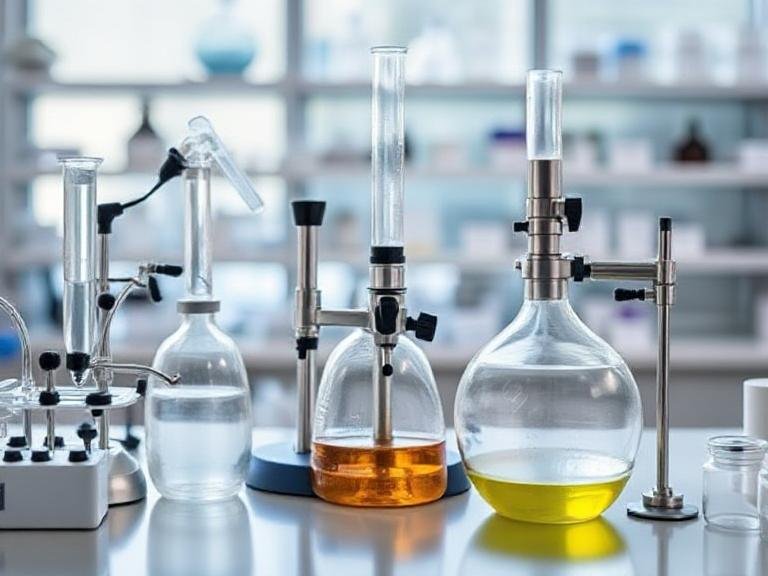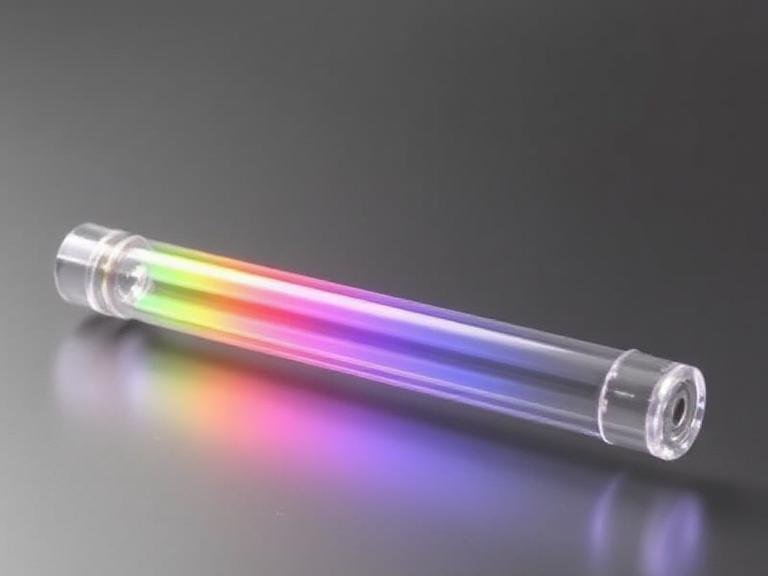Table of Contents Laboratory Apparatus and Their Uses
- Introduction
- Importance of Laboratory Apparatus
- Top 20 Laboratory Apparatus and Their Uses
- Quartz Laboratory Apparatus by Jiurui
- Care and Maintenance Tips
- Summary Table
- Reference Links
Introduction Laboratory Apparatus and Their Uses
Laboratory apparatus are essential tools used in scientific research, experimentation, and analysis. From simple beakers to specialized instruments like quartz absorption tubes, each item plays a critical role in ensuring accuracy, safety, and reproducibility in a lab setting. In this article, we’ll explore the top 20 laboratory apparatus and their uses, with a focus on quartz-based tools manufactured by Jiurui Quartz Products Co., Ltd., a leader in high-temperature resistant, corrosion-proof quartz instruments.

Importance of Laboratory Apparatus
Whether in schools, industrial research labs, or advanced semiconductor fabs, laboratory apparatus provide the foundation for scientific discovery. Proper usage of these tools:
- Ensures accuracy in measurement and experimentation
- Prevents contamination and maintains sample integrity
- Supports high-temperature and chemical resistance—especially in quartz tools
- Improves safety during potentially hazardous procedures
Top 20 Laboratory Apparatus and Their Uses
1. Beaker

A multipurpose container used for mixing, heating, and stirring liquids. Jiurui offers quartz beakers (Q-M300) with excellent thermal shock resistance from 2ml to 9900ml.
2. Quartz Absorption Tube

Used to measure gas absorption or in photochemical reactions. Jiurui’s Q-C150 series ranges from 3mm to 700mm in diameter, offering exceptional heat and corrosion resistance.
3. Test Tube
Used to hold, mix, or heat small quantities of substances. Made of glass or quartz for thermal tolerance.
4. Burette
Delivers known volumes of a liquid, especially during titrations.
5. Pipette
Transfers precise volumes of liquids. Can be manual or electronic.
6. Measuring Cylinder
Used to measure liquid volume with greater accuracy than beakers.
7. Flask (Erlenmeyer and Volumetric)
- Erlenmeyer Flask: Ideal for mixing and heating.
- Volumetric Flask: Used for precise dilutions and preparation of standard solutions.
8. Crucible
Used for melting or calcining substances at high temperatures.
9. Watch Glass
A shallow concave glass used to hold solids while being weighed or during reactions.
10. Mortar and Pestle
Used to grind and mix substances into fine powder.
11. Funnel
Guides liquids or powders into containers to prevent spillage.
12. Dropper or Pasteur Pipette
Used to add small amounts of liquids drop by drop.
13. Stirring Rod
A glass rod used for stirring solutions or mixing chemicals.
14. Tongs
Used to hold or move hot apparatus like crucibles or beakers.
15. Tripod Stand
Supports containers like flasks or crucibles while heating.
16. Wire Gauze
Placed on a tripod stand to support glassware and evenly distribute heat.
17. Bunsen Burner
Provides a single open flame for heating, sterilization, or combustion.
18. Clamp and Stand
Used to hold glassware or equipment in place during experiments.
19. Thermometer
Measures temperature with high accuracy, essential in chemical reactions.
20. pH Meter
Measures the acidity or alkalinity of a solution electronically.
Quartz Laboratory Apparatus by Jiurui

Jiurui Quartz Products Co., Ltd. specializes in advanced quartz glass instruments used across R&D, industrial, and semiconductor sectors.
- Founded: 2010
- Standards: JGS1 (optical UV grade), JGS2, and JGS3 (IR)
- Capabilities: Custom manufacturing, corrosion and heat-resistant quartz tools
Featured Products:
On sale products
Jiurui’s precision quartz tools are trusted by research institutions and industrial labs worldwide due to their durability and clarity under extreme conditions.
Care and Maintenance Tips
Why Proper Care Is Important
Laboratory apparatus must be well-maintained to ensure safety, accuracy, and longevity. Especially with quartz items, improper handling can cause cracking or loss of purity.
Best Practices:
- Clean immediately after use with distilled water or suitable solvents.
- Avoid sudden temperature changes—especially with quartzware.
- Inspect for cracks before and after each use.
- Store upright and separate from other glass to avoid damage.
- Use appropriate holders or clamps when heating apparatus.
Summary Table
| Apparatus | Main Use | Material | Special Feature |
|---|---|---|---|
| Quartz Beaker | Mixing & heating chemicals | Quartz | High-temp resistant up to 9900ml |
| Quartz Absorption Tube | Gas absorption studies | Quartz | Diameter range 3mm–700mm |
| Test Tube | Holding/reactions of liquids | Glass or Quartz | Small-scale reactions |
| Flask | Mixing, heating, or precise dilution | Glass | Erlenmeyer or volumetric types |
| pH Meter | Measures solution acidity | Electronic | Digital accuracy |




